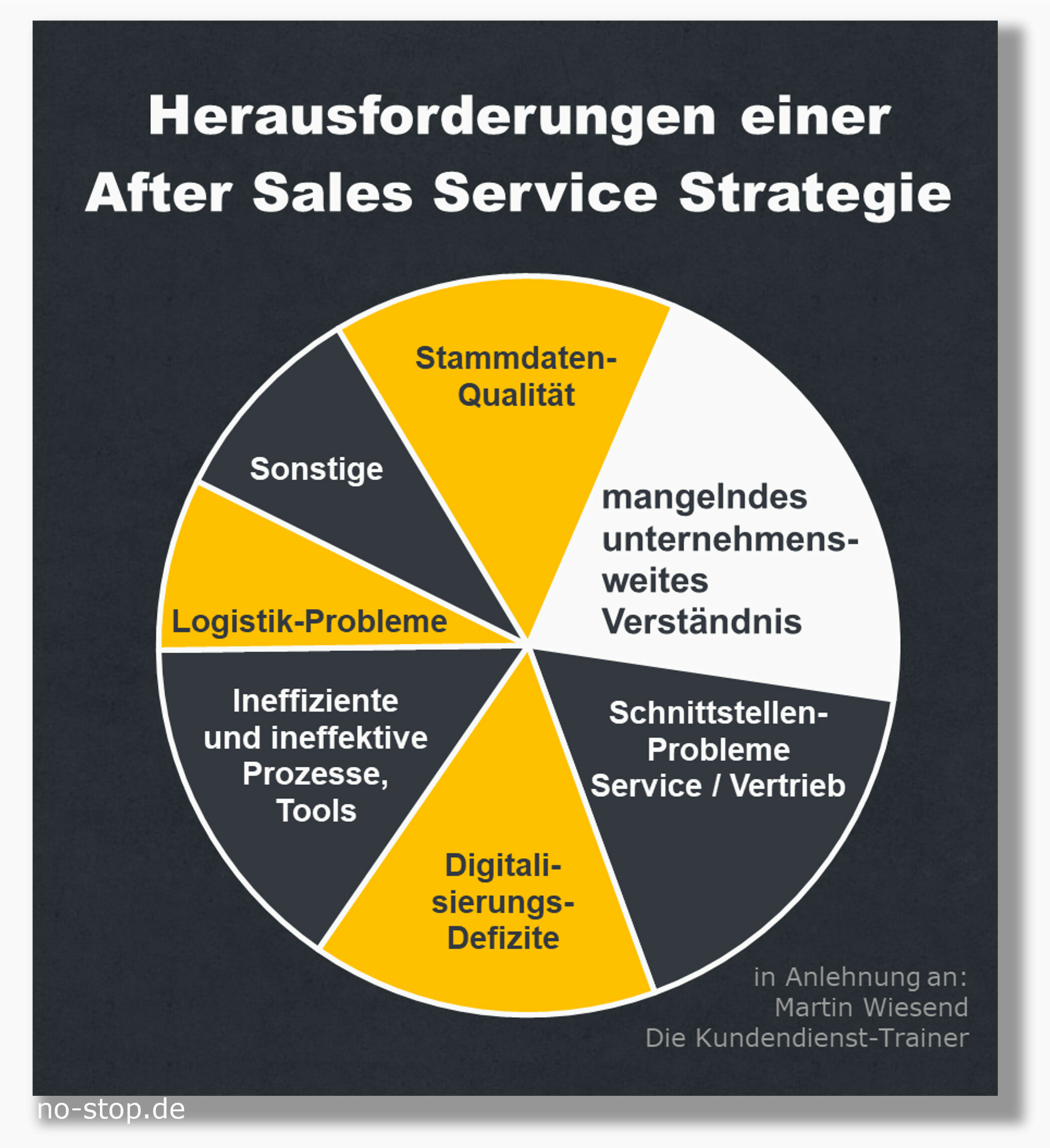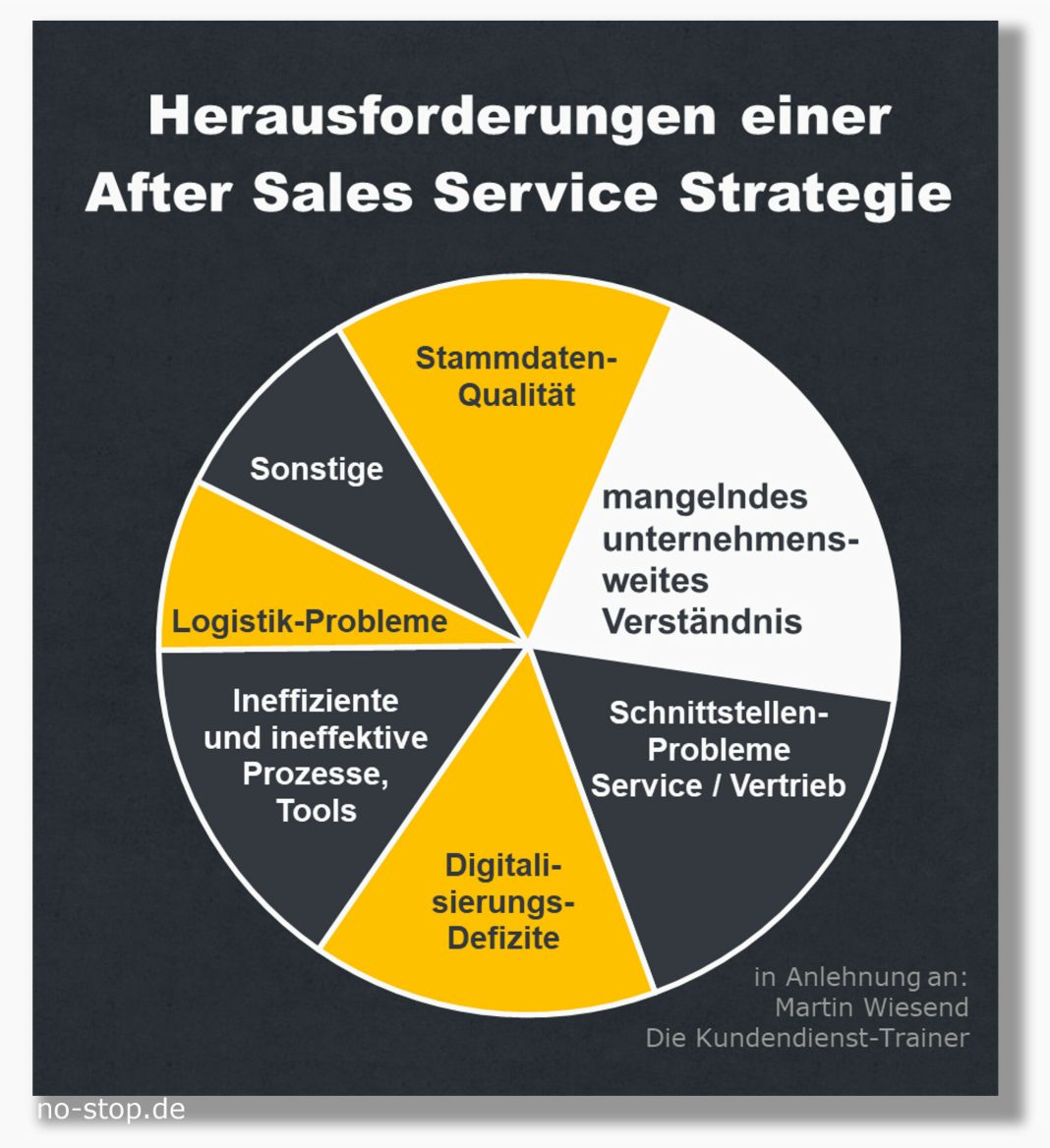 Wayfair, the e-commerce company specializing in furniture and home goods, is facing challenges in the current market due to “macro headwinds,” according to CEO Niraj Shah. Shah compared the current demand for household goods to levels seen during the 2008-2009 financial crisis. The company reported a $42 million loss in the second quarter, with earnings per share coming in at $0.47. Total net revenue decreased by 1.7% year over year, while U.S. net revenue declined by 2%. Despite these setbacks, Wayfair had its best quarter of adjusted EBITDA and free cash flow generation in three years.
Wayfair, the e-commerce company specializing in furniture and home goods, is facing challenges in the current market due to “macro headwinds,” according to CEO Niraj Shah. Shah compared the current demand for household goods to levels seen during the 2008-2009 financial crisis. The company reported a $42 million loss in the second quarter, with earnings per share coming in at $0.47. Total net revenue decreased by 1.7% year over year, while U.S. net revenue declined by 2%. Despite these setbacks, Wayfair had its best quarter of adjusted EBITDA and free cash flow generation in three years.
Shah attributed the decline in sales to cautious consumer spending and changing shopping habits. He stated that customers are more mindful of their spending on home furnishings, which is reflected in the credit card data. This decline in spending is reminiscent of the peak-to-trough decline experienced during the financial crisis. However, despite these challenges, Wayfair remains focused on profitability and strict operating discipline.
Earlier this year, Wayfair announced plans to lay off 1,650 employees as part of cost-saving efforts. Shah admitted that the company had hired excessively during a strong economic period and had veered away from its core principles. By implementing these job cuts, Wayfair expects to save $280 million annually. Interestingly, despite these cost-saving measures, the company opened its first brick-and-mortar store in May 2024, emphasizing the importance of meeting customers where and how they prefer to shop.
These results come at a time when the U.S. economy continues to expand, with the second quarter exceeding economists’ expectations. The economy grew at an annualized pace of 2.8% in the April-June period, driven by a 2.3% increase in consumer spending for goods and services. However, retail sales remained stagnant in June, and personal spending only saw a modest increase in May. This suggests that consumers are becoming more cautious with their spending due to persistent inflation.
Looking ahead, the situation may change if the Federal Reserve decides to lower interest rates in September, as it has indicated in recent weeks. Such a move could potentially boost consumer confidence and encourage increased spending. Nevertheless, Wayfair’s second-quarter results caused its shares to drop by over 8% and are down by more than 31% compared to the previous year.
In conclusion, Wayfair’s CEO acknowledges the challenges posed by the current macroeconomic environment, but remains optimistic about the company’s profitability and operational discipline. The company’s focus on meeting customer preferences, despite cost-saving measures, demonstrates a commitment to adaptability. As the market continues to evolve, Wayfair will need to navigate these headwinds and explore new strategies to regain growth and customer trust.


